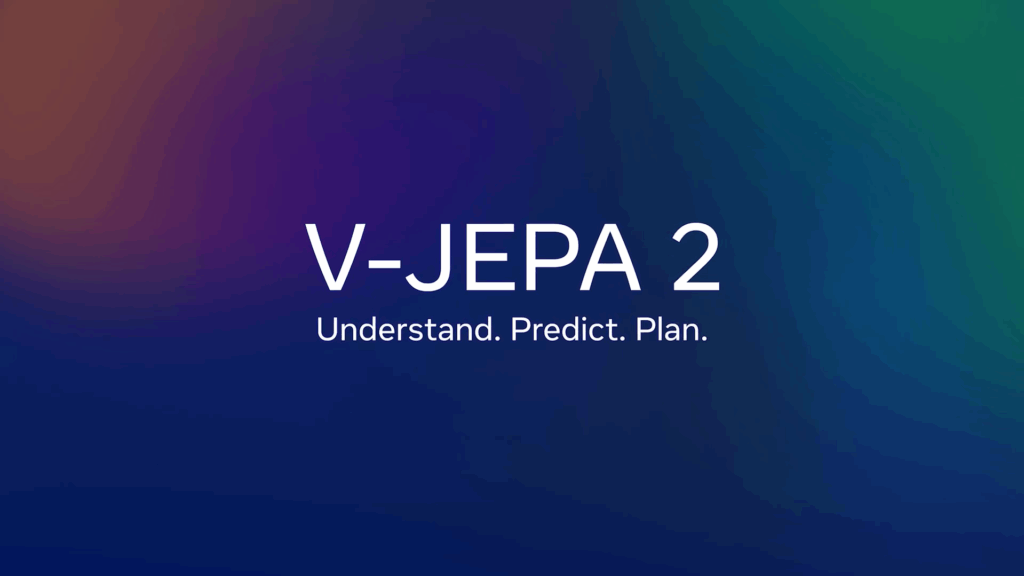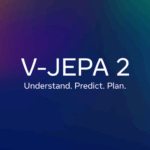Google Research has introduced a groundbreaking machine learning architecture called Titans, designed to overcome the limitations of traditional Transformers in handling long-term contexts. By combining advanced attention mechanisms with a novel neural memory module, Titans achieves unprecedented capabilities in sequence modeling. This innovation represents a major leap forward in AI’s ability to retain, process, and adapt to information over extended periods.
The Challenge: Overcoming Quadratic Complexity in Transformers
Transformers, the backbone of modern large language models (LLMs), rely on attention mechanisms for their remarkable in-context learning abilities. However, these models face a critical bottleneck: their computational requirements scale quadratically with the input length. This limitation significantly hampers performance in real-world applications such as:
- Language modeling: Maintaining coherence in long documents or extensive conversations.
- Video understanding: Analyzing extended video sequences for contextual insights.
- Time-series forecasting: Processing large datasets for trends and predictions.
Despite numerous optimization attempts, current solutions like sparse attention matrices, memory-augmented models, and kernel-based approaches have fallen short, especially when dealing with extremely large context windows.
Titans: Google’s Dual-Memory Architecture
Google’s Titans architecture introduces a dual-memory system that combines short-term and long-term memory to address these challenges. Its three-tier design consists of:
- Core Module: An attention mechanism optimized for limited context windows, functioning as short-term memory for immediate data processing.
- Long-Term Memory Branch: A neural memory module for storing historical information and managing dependencies across extended contexts.
- Persistent Memory: Learnable, data-independent parameters that support memory retention and retrieval.
Key technical innovations include residual connections, SiLU activation functions, ℓ2-norm normalization, and depthwise-separable convolution layers. These enhancements ensure efficient computation while maintaining accuracy across tasks requiring deep contextual understanding.
Variants of Titans: Tailored for Diverse Needs
The Titans family offers three variants, each optimized for specific use cases:
- Memory as Context (MAC): Excels at tasks requiring extended context windows.
- Memory as Gating (MAG): Focuses on fine-tuning memory retention and erasure dynamically.
- Memory as a Layer (MAL): Integrates memory directly into layer operations for enhanced efficiency.
In benchmarks, Titans outperformed existing hybrid models like Samba and Gated DeltaNet-H2 across diverse tasks, including the BABILong benchmark and needle-in-a-haystack (NIAH) challenges, demonstrating its superiority in handling sequences of over 2 million tokens.
Titans’ Potential Applications Across Industries
The introduction of Titans opens up transformative possibilities across multiple sectors:
Content Creation
- Maintaining coherence across extensive documents or multi-turn conversations.
- Generating personalized, context-aware content for diverse audiences.
Healthcare
- Analyzing extensive patient histories for accurate diagnoses and tailored treatment plans.
- Supporting medical research by processing vast datasets with long-term dependencies.
Customer Service
- Empowering chatbots to provide consistent, context-rich responses based on past interactions.
- Enhancing user experiences with AI-driven personalization.
Education
- Developing adaptive e-learning systems capable of long-term progress tracking.
- Enabling AI tutors to better understand and cater to individual learning styles.
Business Intelligence
- Processing large datasets to identify trends and generate actionable insights.
- Enabling long-term strategic planning through predictive analytics.
Broader Implications: Ethical and Research Considerations
The advent of Titans also raises important questions regarding privacy, ethics, and regulation. As AI systems gain the ability to store and process long-term data, ensuring responsible use becomes paramount. Businesses and researchers must navigate challenges such as data governance, transparency, and consent while leveraging these powerful tools.
Preparing for the Titans Era: Actionable Insights for Businesses
To stay ahead in the Titans era, organizations should consider the following strategies:
- Evaluate Current AI Systems: Identify gaps in handling long-term data and explore how Titans-like architectures could address them.
- Optimize Data Practices: Organize datasets for seamless integration with advanced AI models and ensure robust data privacy measures.
- Invest in Training: Upskill teams to work effectively with AI tools and understand the capabilities of new architectures.
- Experiment with AI Tools: Test existing platforms like ChatSonic to better understand the potential impact of Titans-style capabilities.
- Monitor AI Developments: Stay informed about advancements in Titans and other memory-augmented architectures through research publications and industry events.
The Future of AI: Long-Term Memory as a Game-Changer
The introduction of Titans by Google Research represents a significant milestone in the evolution of artificial intelligence. By enabling AIs to process and retain vast amounts of data over extended contexts, Titans unlocks new possibilities in fields ranging from content creation to personalized customer experiences.
As the AI landscape evolves, Titans sets a new standard for memory-augmented models, paving the way for innovations that are not just smarter but more contextually aware. The race to harness long-term memory in AI is on, and Titans is leading the charge toward a more intelligent, adaptive future.








